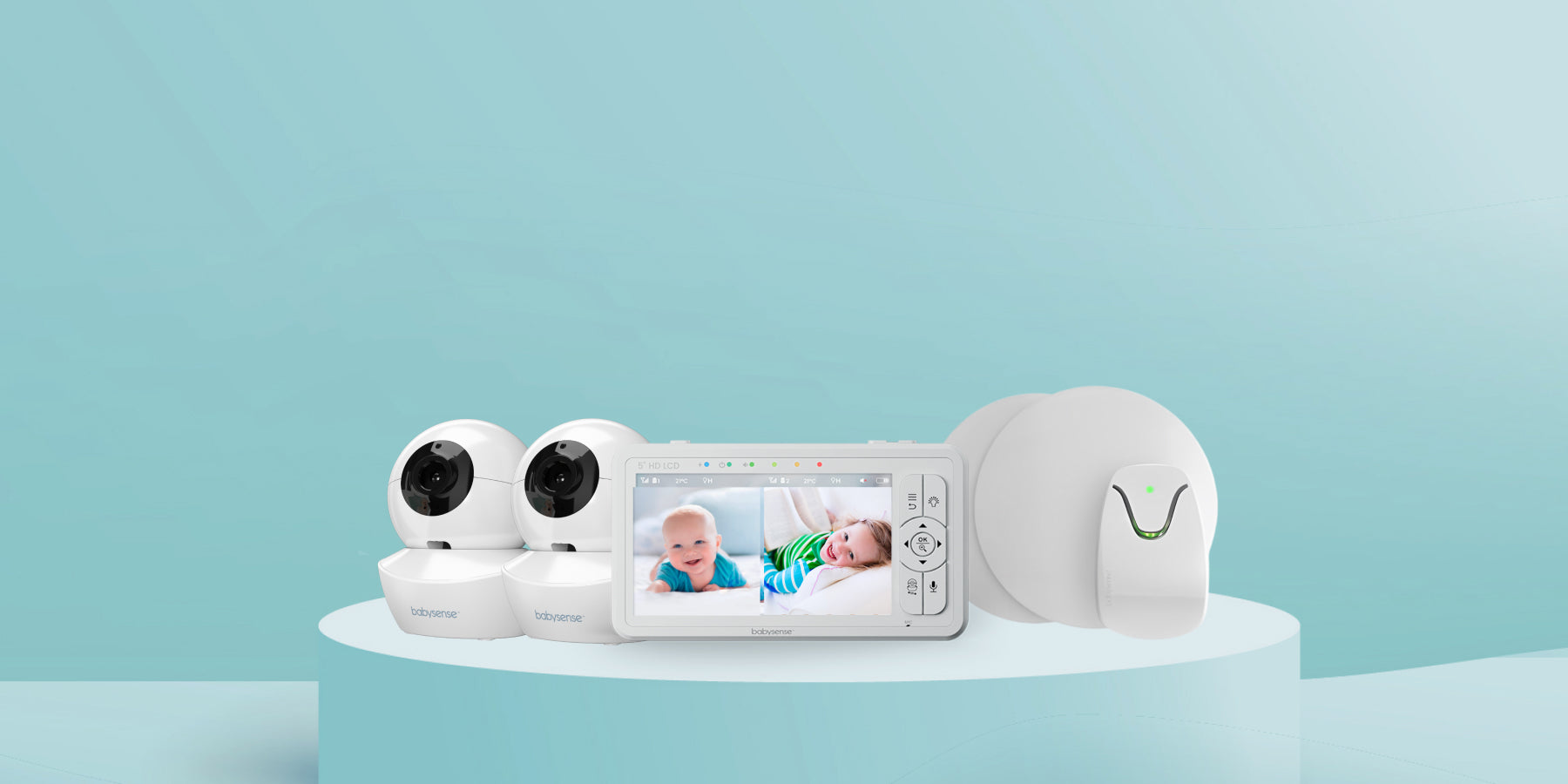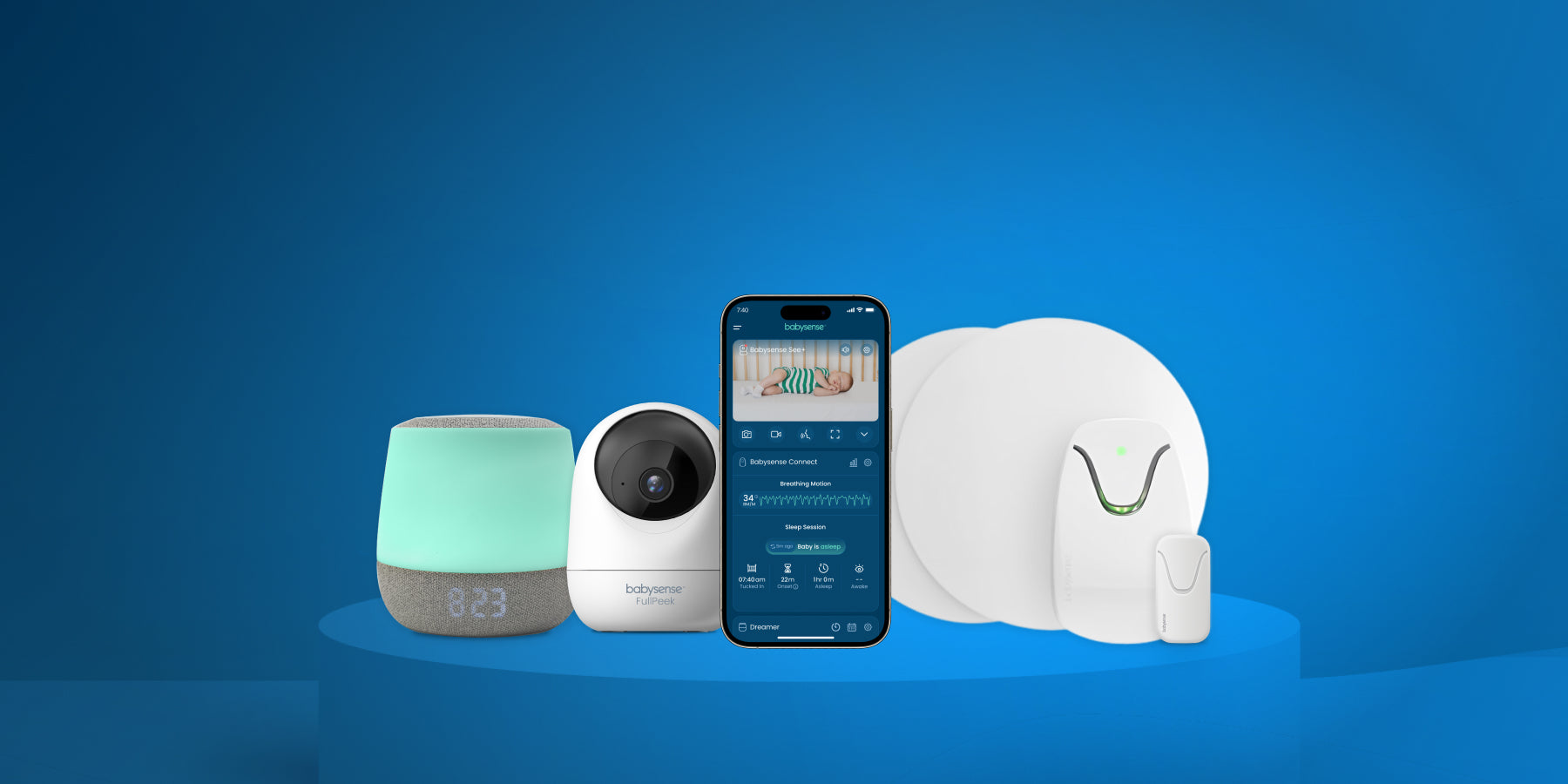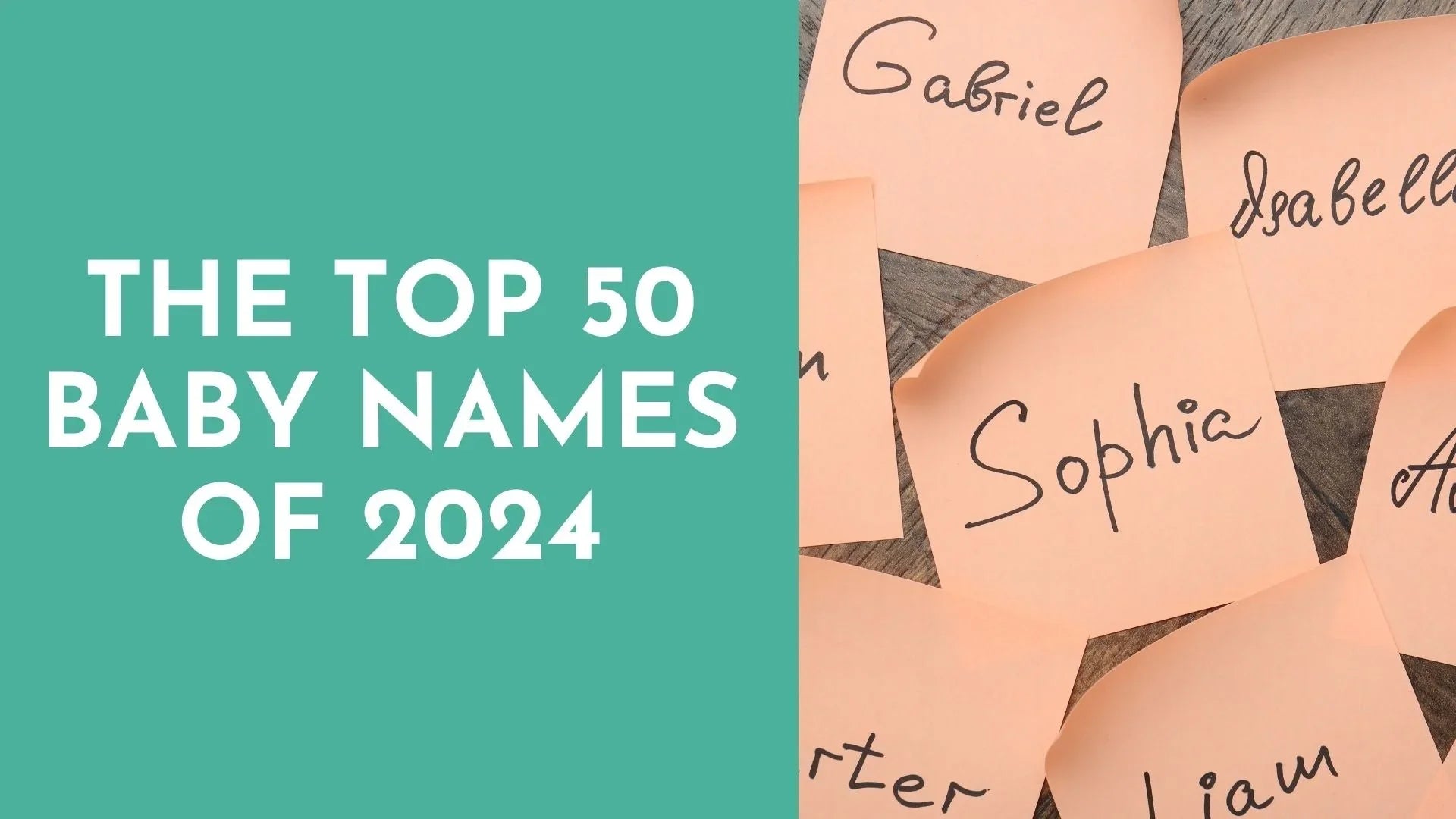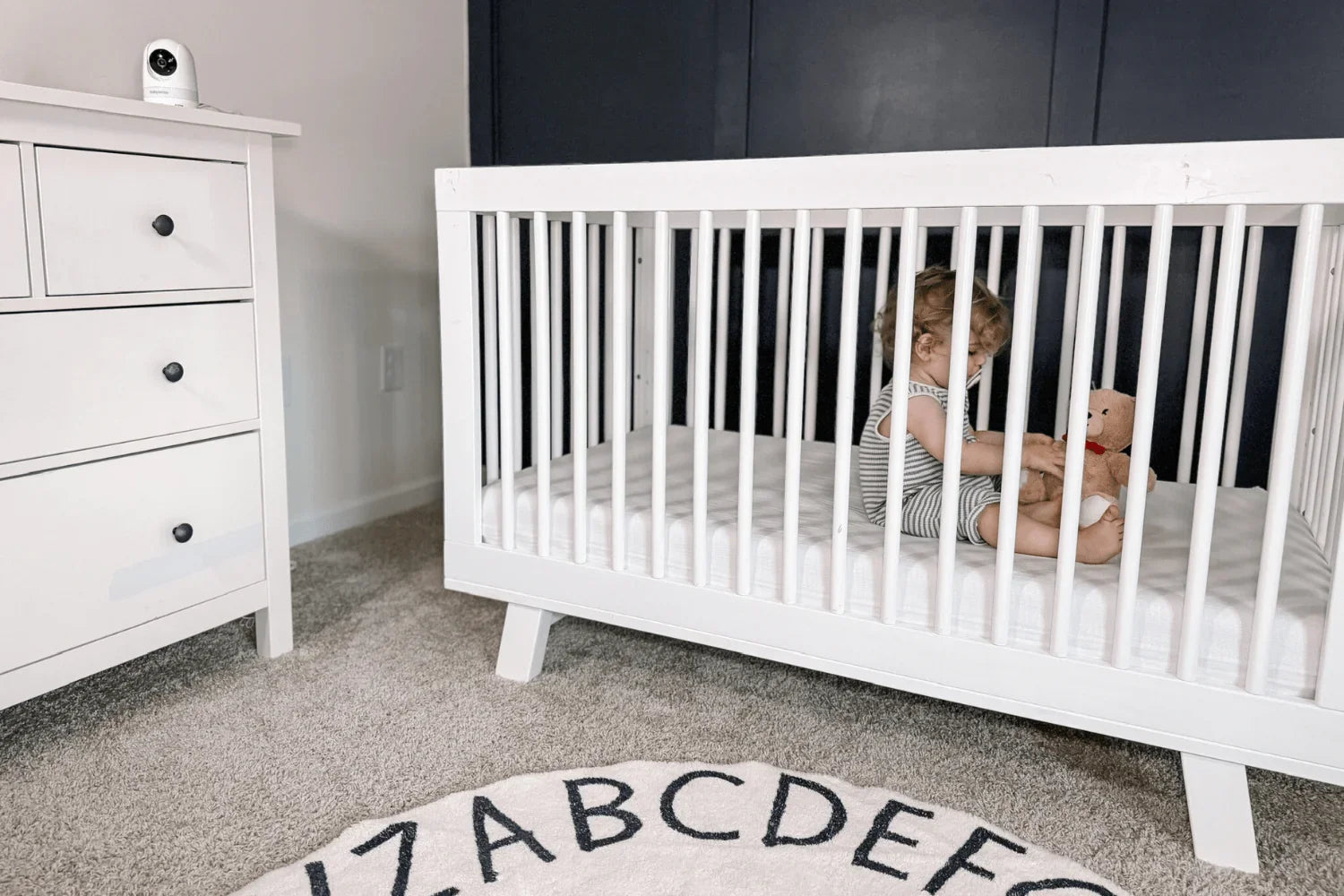Key takeaways: Co-sleeping vs crib sleeping has trade-offs. Room-sharing without bed-sharing is safest for newborns according to AAP guidance. Keep sleep surfaces firm and clear. Consider smart monitoring for added peace of mind.
Choosing the right sleep setup can feel big. Many parents compare co-sleeping vs crib to find what fits their baby and home. This guide explains both options with clear pros, cons, and safety tips backed by trusted sources.
What is Co-sleeping?
Co-sleeping means your baby sleeps close to you. This can be room-sharing in a bassinet or crib in your room, or bed-sharing in the same bed. Room-sharing provides closeness with lower risk than bed-sharing.
For extra reassurance, some families add a baby breathing monitor.

Pros of Co-sleeping
- Bonding and security. Close contact can help baby feel calm and safe.
- Easier night feeds. Shorter trips for breastfeeding or bottle-feeding.
- Faster soothing. You can respond to fussing quickly.
- Monitoring. Baby is within sight and sound. A video baby monitor adds visibility in low light.
Cons of Co-sleeping
- Safety concerns. Bed-sharing raises the risk of suffocation or entrapment. The AAP recommends room-sharing without bed-sharing. See the AAP safe sleep update here.
- Sleep quality for parents. More movement and sounds can wake you.
- Harder transition. Some babies resist moving to their own sleep space later.
- Less couple space. Sharing a bed with baby can affect intimacy and rest.
Safe Co-sleeping Tips
- Keep baby on a firm, flat surface. No gaps or sagging.
- Keep the sleep area clear of pillows, blankets, and soft items.
- Never bed-share if anyone has used alcohol, drugs, or smokes.
- Always place baby on the back to sleep.
Review trusted guidance: CDC Safe Sleep, NIH Safe to Sleep.
What is Crib Sleeping?
Crib sleeping means your baby sleeps in a separate crib or bassinet. This can be in your room or in the nursery. Many pediatricians consider this the safest setup when used with current standards and a clear sleep space.
Pairing a crib with the Babysense Smart Nursery gives real-time video, audio, and motion alerts for added peace of mind.

Pros of Crib Sleeping
- Enhanced safety. A modern, compliant crib lowers suffocation risk. Review CPSC safe sleep standards.
- Builds independence. Babies learn to settle in their own space.
- More restful for parents. Fewer worries about rolling onto baby.
- Supports routine. A steady place helps with naps and bedtime rhythms.
Explore our safe sleep room setup tips.
Cons of Crib Sleeping
- Night feeds take effort. Getting up can interrupt your rest.
- Less contact. Some parents miss the closeness of bed-sharing.
- Transition bumps. Moving baby from your room can be tricky at first.
- Space and cost. A crib needs room and a budget line.
Safe Crib Tips
- Use a compliant crib with no recalls.
- Choose a firm, snug-fitting mattress. No gaps.
- Keep the crib bare. No pillows, blankets, bumpers, or toys.
- Place baby on the back every sleep. See ideal nursery temperature and humidity.
How to Choose What Works for You
- Put safety first. Follow AAP guidance for room-sharing without bed-sharing in early months. Read the AAP overview here.
- Match to your nights. If fast feeds matter, start with room-sharing and a nearby bassinet.
- Use tools that help. Try a reliable video monitor or breathing monitor for peace of mind.
- Stay flexible. You can mix methods as your baby grows.
- Ask your pediatrician. Get advice tailored to your baby’s health.
See helpful guides and tools: Safe Sleep Guidelines, Sleep Calculator, Video Monitor FAQs.
Shop helpful tools: Babysense Smart Nursery, Video Baby Monitors, Breathing Monitors.
Build Your Smart NurseryFAQs
Is co-sleeping safe for newborns?
Room-sharing without bed-sharing is the safest co-sleeping form for newborns. Keep the sleep surface firm and clear. Review the AAP safe sleep summary and the CDC safe sleep page.
When should my baby move to a crib?
Many families transition between 4 and 6 months. Follow your baby’s cues and talk with your pediatrician. Keep the crib bare and use a firm mattress. See CPSC crib guidance.
Do I need a monitor if I room-share?
Monitors can still help, especially during naps or evenings. Explore video monitors and the Smart Nursery.
What room setup promotes safer sleep?
Keep it cool and clutter-free. Place baby on the back in a crib or bassinet with a firm mattress. Learn about ideal temperature and humidity and a safe nursery setup.





